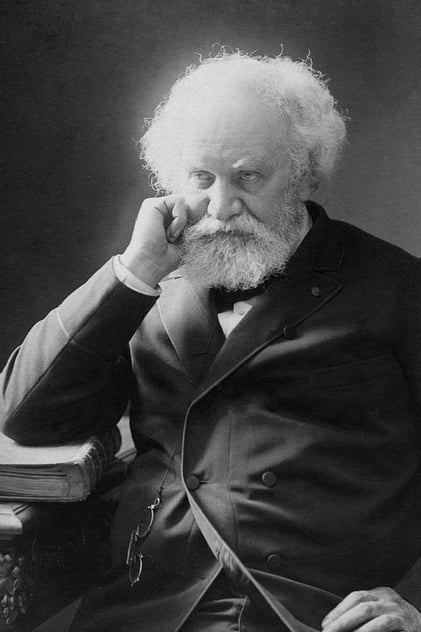
P.J.C. Janssen
Pierre Jules César Janssen, also known as Jules Janssen, was a French astronomer who, along with the English scientist Joseph Norman Lockyer, is credited with discovering the gaseous nature of the solar chromosphere, and with some justification the element helium. Pierre Janssen studied mathematics and physics at the faculty of sciences. He taught at the Lycée Charlemagne in 1853, and in the school of architecture 1865 – 1871, but his energies were mainly devoted to various scientific missions entrusted to him. Thus in 1857 he went to Peru in order to determine the magnetic equator; in 1861–1862 and 1864, he studied telluric absorption in the solar spectrum in Italy and Switzerland; in 1867 he carried out optical and magnetic experiments at the Azores; he successfully observed both transits of Venus, that of 1874 in Japan, that of 1882 at Oran in Algeria; and he took part in a long series of solar eclipse-expeditions, e.g. to Trani (1867), Guntur (1868), Algiers (1870), Siam (1875), the Caroline Islands (1883), and to Alcosebre in Spain (1905). To see the eclipse of 1870, he escaped from the Siege of Paris in a balloon. Unfortunately the eclipse was obscured from him by cloud. In the year 1874, Janssen invented the Revolver of Janssen or Photographic Revolver, instrument that originated the chronophotography. (UN: It was used to record the passage of Venus over the Sun in 1874). Later this invention was of great use for researchers like Etienne Jules Marey to carry out exhibitions and inventions. From Wikipedia (en), the free encyclopedia
- Popularity : 0.028
- Known For : Directing
- Birthday : 1824-02-22
- Place of Birth : France


